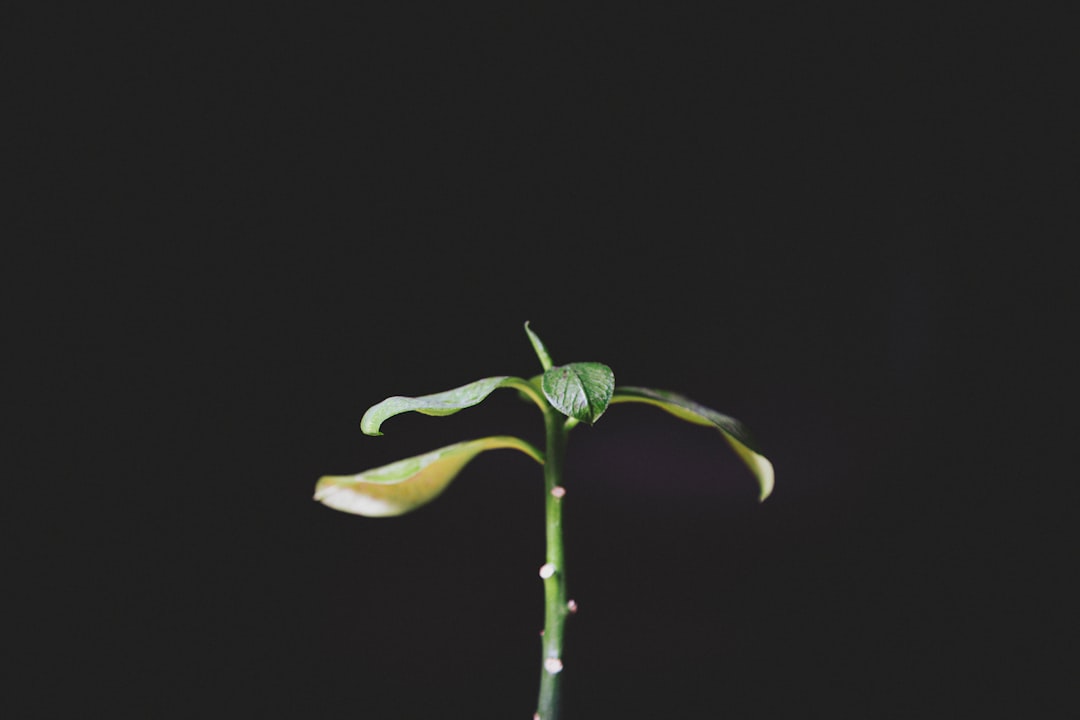The Enchanting World of Clematis Vines

Clematis vines are a captivating addition to any garden. Their diverse range of colors, shapes, and sizes make them a favorite among gardeners. In this article, we will explore the ins and outs of clematis vine care, discover some beautiful varieties, and look at free garden plans that incorporate this gorgeous vine.
### Understanding Clematis Vines
Clematis is a genus of about 300 species within the buttercup family, Ranunculaceae. These deciduous or evergreen vines are known for their showy flowers that come in a wide spectrum of colors, including white, pink, purple, blue, and red. They can be found in various habitats around the world, from woodlands to meadows.
One of the most fascinating aspects of clematis is their growth habit. They are climbing vines that use their leaf stalks to twine around supports, such as trellises, fences, or other plants. This makes them an excellent choice for adding vertical interest to a garden. Some clematis varieties are more vigorous growers than others, so it's important to choose the right one for your space.
### Clematis Vine Care
Proper care is essential for the health and beauty of clematis vines. Here are some key tips to keep in mind:
- Location: Clematis prefer a sunny location with well - drained soil. However, they also appreciate having their roots shaded. You can achieve this by planting low - growing plants around the base of the clematis or by using a layer of mulch.
- Soil: The soil should be rich in organic matter and have a slightly alkaline to neutral pH. Amend the soil with compost or well - rotted manure before planting to improve its fertility and drainage.
- Planting: When planting clematis, dig a hole that is twice as wide and deep as the root ball. Place the plant in the hole, making sure the crown (the area where the stems meet the roots) is about 2 - 3 inches below the soil surface. This helps protect the plant from diseases and encourages new growth.
- Watering: Clematis need regular watering, especially during the growing season. Keep the soil evenly moist but not waterlogged. A deep watering once or twice a week is usually sufficient, depending on the weather conditions.
- Fertilizing: Apply a balanced fertilizer in early spring and again after the first flush of flowers. Avoid over - fertilizing, as this can lead to excessive foliage growth at the expense of flowers.
- Pruning: Pruning is an important part of clematis care. Different clematis varieties have different pruning requirements, so it's crucial to know which group your plant belongs to. Generally, clematis can be divided into three pruning groups: Group 1 (early - flowering clematis that bloom on old wood), Group 2 (mid - season clematis that bloom on both old and new wood), and Group 3 (late - flowering clematis that bloom on new wood). Pruning at the right time and in the right way will ensure healthy growth and abundant flowers.
### Beautiful Clematis Varieties
There are numerous clematis varieties to choose from, each with its own unique charm. Here are some popular ones:
- Clematis 'Nelly Moser': This is a well - known variety with large, pale pink flowers striped with deep pink. It belongs to Pruning Group 2 and blooms from late spring to early summer.
- Clematis 'Jackmanii': A classic variety, 'Jackmanii' features large, deep purple flowers. It is a late - flowering clematis (Pruning Group 3) and blooms from mid - summer to early fall.
- Clematis 'Montana': An early - flowering clematis (Pruning Group 1), 'Montana' has masses of small, white or pink flowers that create a spectacular display in spring.
- Clematis 'Arabella': This is a compact, herbaceous clematis with blue - violet flowers. It is suitable for smaller gardens and containers and belongs to Pruning Group 3.
### Free Garden Plans for Clematis Vines
Using clematis in your garden can create stunning visual effects. Here are some free garden plans that incorporate clematis:
- The Cottage Garden Plan: In a cottage garden, clematis can be planted alongside roses, lavender, and other traditional cottage garden plants. Train the clematis to climb up a trellis or an old - fashioned arbor. The combination of the clematis' colorful flowers with the sweet fragrance of the roses and the purple spikes of lavender will create a romantic and inviting atmosphere.
- The Vertical Garden Plan: If you have limited space, a vertical garden is a great option. Use a wall - mounted trellis or a freestanding obelisk and plant different clematis varieties at the base. As they grow, they will cover the structure, adding a splash of color and texture to your outdoor space.
- The Container Garden Plan: Clematis can also be grown in containers. Choose a large, deep container and fill it with a good quality potting mix. Plant a single clematis variety or combine it with other trailing or upright plants. Place the container on a patio or balcony where it can receive plenty of sunlight.
In conclusion, clematis vines are a wonderful addition to any garden. With proper care and the right choice of varieties, you can enjoy their beautiful flowers for many years to come. Whether you have a large garden or a small balcony, there is a clematis plan that will suit your needs. So, go ahead and start exploring the enchanting world of clematis vines!